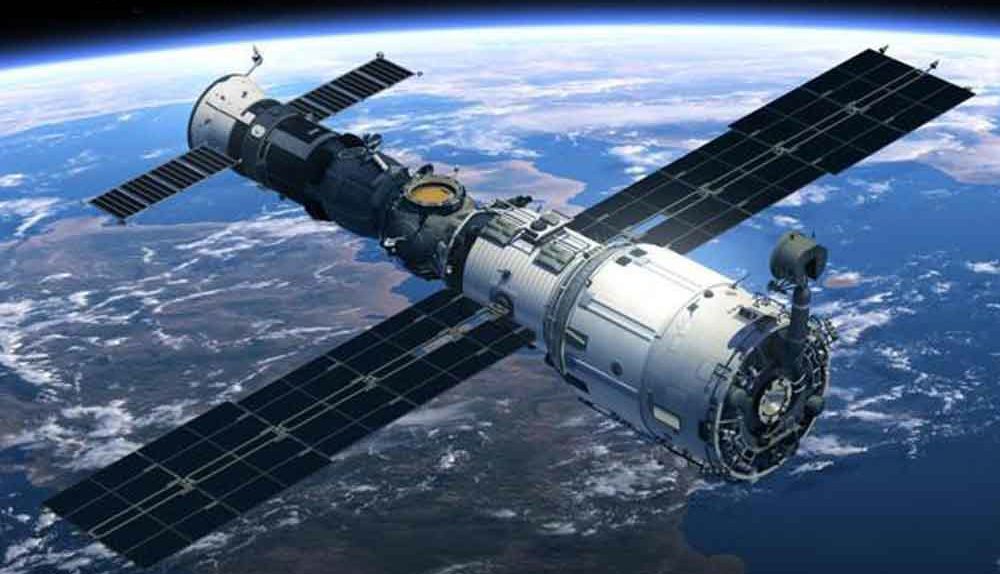The Tiangong-1 saga is finally over. The Chinese space station that has been plunging towards for years now has finalized the plunge. Heavenly Palace, which is what Tiangong-1 roughly translates to, is far away from the heavens, as whatever’s left of it now rests at the bottom of the South Pacific Ocean.
Tiangong-1 cram crashing down at approximately 8:16 PM ET on April 1st, putting to rest the entire Chinese space station saga.
Heavenly Palace did not hurt anybody while it was hurling towards the ocean, burning up largely in the atmosphere over the Pacific northwest of Tahiti. That’s where other space agencies try to land debris from space, Business Insider notes.
Tiangong-1 was about as big as a school bus, weight approximately 9.4 tonnes, and most of it has probably burned on its way down. The space station, with a volume of about 15 cubic meters, or 1/60th of the International Space Station, was launched at the end of September 2011 and was visited twice by astronauts in the following years. It was in March 2016 when the Chinese space agency lost control of the space station, whose orbit had been decaying ever since.
Once Earth’s gravity got a good hold of the Heavenly Palace, it started accelerating the spacecraft faster and faster up until it reached the thicker air layers of the atmosphere. That’s when the fires started, likely destroying most of Tiangong-1.
If any debris survived the perilous reentry, it’s in the ocean, and it still belongs to China. If anyone gets hit by debris, it’s also China’s problem. However, the actual probability of being hit by any of it is “about 1 million times smaller than the odds of winning the Powerball jackpot,” according to The Aerospace Corp.
China, meanwhile, has a new Heavenly Palace up there, Tiangong-2, which was launched in 2016. A third, even bigger space station is planned for 2023.








